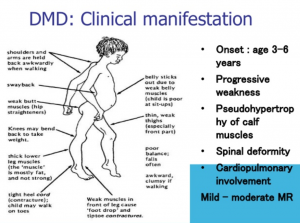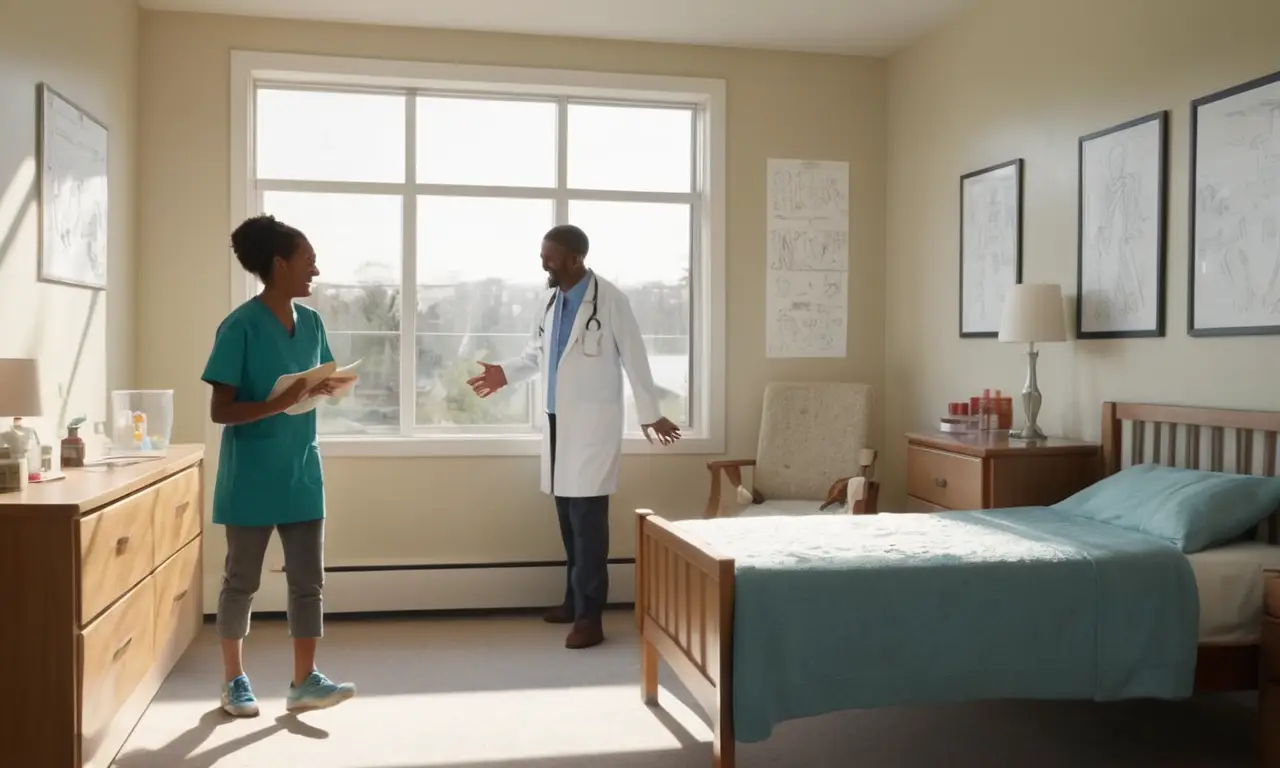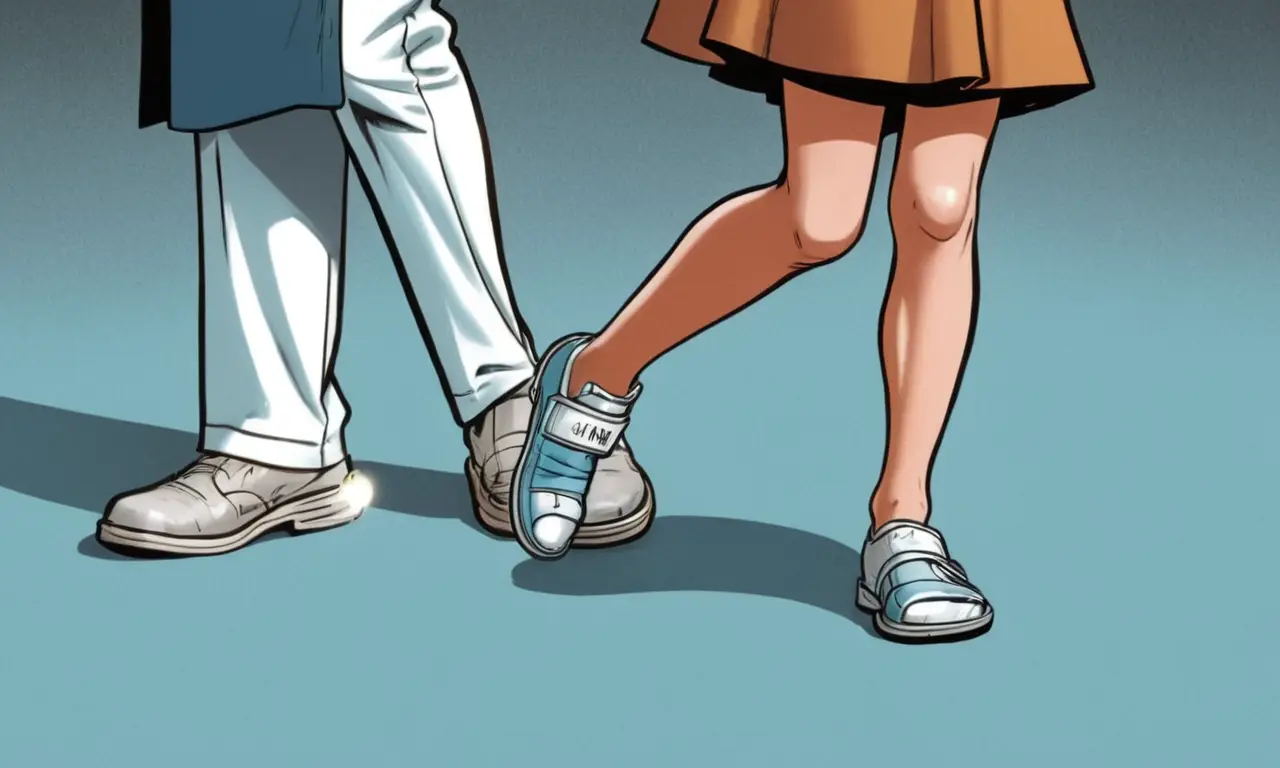
Is your son’s running style causing you concern? Many parents notice their child’s gait seems a bit off, perhaps they stumble more than usual or appear to run in an unusual way. While some awkwardness is normal during childhood as kids develop coordination and muscle strength, there are instances where a persistent or concerning gait warrants further investigation. This article will delve into the potential causes of your son’s awkward running, exploring both developmental factors and underlying medical conditions. We’ll also guide you on when to seek professional help and discuss available treatment options.
Son’s Awkward Gait Causes
A child’s gait, or way of walking and running, is influenced by a complex interplay of factors. These can range from simple developmental stages to more serious medical conditions. Understanding these causes can provide valuable insights into why my son runs awkwardly.
Developmental Stages and Gait
Children go through various developmental milestones that directly impact their gait. Toddlers often take unsteady steps with wide stances as they learn to balance. As they grow, their coordination improves, strides become longer, and running becomes more fluid. However, some children may progress at different paces, leading to temporary awkwardness in their gait.
For example, a child who is just learning to run might appear clumsy or have an uneven stride. This is perfectly normal as their muscles are still developing strength and coordination. Similarly, during puberty, rapid growth spurts can temporarily affect balance and gait until the body adjusts.
Medical Conditions Affecting Gait
While developmental stages often explain awkward running, certain medical conditions can also contribute to gait abnormalities. These conditions can range from musculoskeletal issues to neurological disorders.
Some common examples include: Cerebral palsy, which affects muscle control and coordination; scoliosis, a curvature of the spine that can impact balance; leg length discrepancies, where one leg is noticeably shorter than the other; and muscular dystrophy, a group of genetic diseases that cause progressive muscle weakness. If you suspect your son’s gait issues might be related to a medical condition, it’s crucial to consult with a healthcare professional for proper diagnosis and treatment.
When to Seek Help for Gait Issues

While some awkwardness in a child’s gait is normal, there are certain signs that warrant seeking professional help. These include:
- Persistent stumbling or tripping
- Difficulty keeping up with peers during physical activities
- Pain or discomfort while walking or running
- A noticeable limp or uneven stride
- Changes in posture or balance
- Frequent falls
- Family history of gait disorders
If you observe any of these signs, it’s essential to consult your child’s pediatrician or a specialist like an orthopedist or neurologist. Early intervention can significantly improve outcomes and help your son develop a more confident and efficient stride.
Professional Guidance and Treatment Options

Seeking professional guidance is crucial for addressing gait issues in children. A healthcare professional will conduct a thorough evaluation, including physical examination, medical history review, and possibly imaging tests to determine the underlying cause of the problem.
Treatment options vary depending on the diagnosis. For developmental delays, physical therapy can help improve muscle strength, coordination, and balance. In cases of medical conditions, treatment may involve medication, surgery, assistive devices, or a combination of approaches.
Conclusion
A child’s gait is constantly evolving as they grow and develop. While some awkwardness is normal, persistent or concerning gait issues should be addressed by a healthcare professional. Understanding the potential causes, recognizing warning signs, and seeking timely intervention can empower parents to support their son in developing a healthy and confident stride. Remember, early detection and treatment are key to helping your child achieve optimal physical development and well-being.
